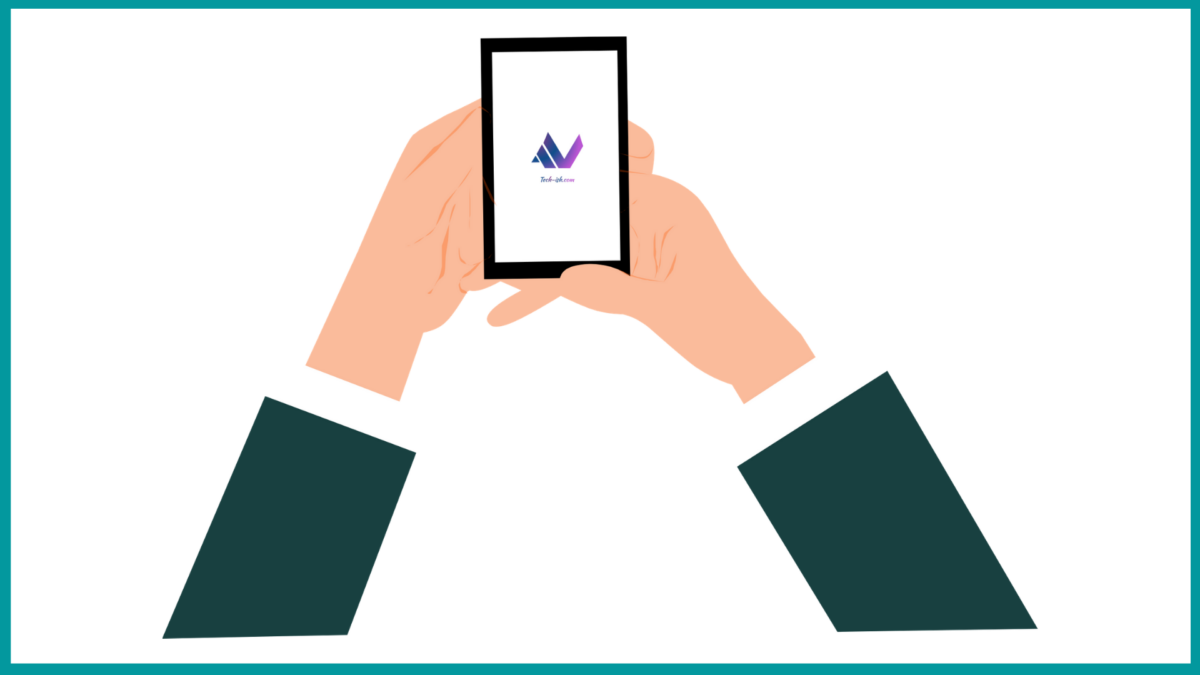
The COVID-19 pandemic has reinforced how important connectivity is in the modern world. We’ve seen how fast internet connection has helped medics work together, health workers track contacts, and spread important information. In China, we’ve seen how robots have been used in certain parts to reduce stress and possible infection on the country’s doctors.
With many lockdowns in different countries across the globe, it has become more challenging to communicate directly. The use of ICT has become even more critical for the dissemination of information by government, experts, and the media. Meetings have gone online. Video calling platforms have seen huge spikes with some receiving over 100 times more traffic.
The key to most of our digital communication is the phone – especially the smartphone. The smartphone allows people to stay in touch with their friends and families, receive important information, and educate themselves during these tough times.
With the current ongoing global situation, smartphones have proved to be very crucial for millions of people. From phone calls to health facilities to entertainment while in lockdown to the transmission of important information. We’ve even seen the idea of contact tracing being done through smartphones with Google and Apple releasing an API to help governments, and developers to build apps around this. After everything is brought under control, smartphones may become even more important.
However, the cost of handsets is a significant barrier to mobile Internet adoption and use. Low-cost devices are often out of the reach of those in poverty, which is a problem considering that these devices can be key enablers for escaping poverty.
Research in countries like Tanzania and India found that the extremely poor – those who earn less than $2 per day – would have to spend 16% of their annual income just to purchase an average-priced smartphone. For people who are struggling to eat on a daily basis, using this percentage of their income is not a rational option.
However, device manufacturers cannot offer phones at a significantly more affordable rate because they have costs of their own to manage, and profits to be made. For this reason, it is necessary to develop business models which ensure that those in poverty can own proper smartphones.
Given the nature of the COVID-19 crisis, there is no better time to develop such business models and get more Kenyans connected.
Smartphones shouldn’t be seen as a luxury:
One of the reasons smartphones are expensive in Kenya, and Africa as a whole is that they incur high taxes. Governments slap huge taxes on these devices making them pretty expensive. In fact, import taxes and duties can reach as high as 50% of the total device cost in some African countries.
Some of these high costs are justified partially with the high costs for device transportation, storage, warehousing, and all the logistics involved in getting the devices from the countries of manufacturing to the retail shops.
A simple way to reduce these tax costs could be by ceasing to class smartphones as luxury items. Smartphones have become more than a luxury – they are now crucial sources of information and connectivity and not having one is a significant barrier to economic prosperity.
If luxury tariffs were no longer placed on smartphones, it would make it possible to slash smartphone prices considerably – making them more accessible to more people. This would be particularly beneficial to the development and distribution of locally-manufactured smartphones – offering significant opportunities for economic growth.
Another strategy could be to abolish the taxation and duties placed upon smartphones below a certain value. For example, we could have all phones that cost less than $300 be tax free, and that way we could see most of the phones we buy get significantly cheaper. We could also see many more companies get into the market to try and push out as many as possible devices within that price range.
With this, more people will be able to purchase smartphones, while still boosting government revenue through other things like when using airtime, buying data bundles, using mobile money, ordering stuff online, and many more use cases.
Other ways:
While reducing the taxation on smartphones is an obvious way to make smartphones more affordable, other strategies can also reduce the cost of smartphones for low-income citizens. One such strategy includes government getting involved in parts of the value chain – including marketing, distribution, and retail. This would reduce the costs directly incurred by smartphone makers by reducing the number of players within the supply chain.
Another strategy would be governments assisting through subsidies or donations to NGOs and other entities – meaning the government would be subsidising the cost of devices for those who need them most.
These and other strategies should be discussed by governments, organisations, and citizens. Different ideas should be properly discussed and extensively argued out. The conversation should focus on how to facilitate the increase in citizens who have smartphones, and by extension, access to the digital economy.
Some examples of how governments can assist through subsidies or other means include:
- Argentina – Provided asset financing to 8 million citizens to switch from 2G feature phones to 4G smartphones.
- Columbia – Allocated $90 million over three years to a policy which included subsidies for low-income citizens for data and smartphones.
- Malaysia – Launched a national program to encourage youth to purchase 3G-enabled smartphones with a rebate on certain phones – reducing the cost by 40%.
- Pakistan government – used funds to give smartphones to 30,000 low-income women.
ICT expert Charley Lewis told MyBroadband that the drive for smartphone uptake in Africa is important for consumers as those who do not have these devices are deprived of access to much of the Internet and its benefits – such as highly useful apps.
“If the pricing of entry-level smartphones can be kept low, and priced into pay-as-you-go plans, and with data prices poised to fall, I see no reason that there should not be an upsurge in smartphone demand,” said Lewis. “The benefits to universal access and service, and to the increased data revenues, are sure to the benefit of users and operators alike.”
The COVID-19 pandemic provides an opportunity to develop and implement long-term solutions to the digital divide in Africa. In this regard, the first priority of government should be to ensure that all Africans are able to access digital platforms through devices like smartphones so that they can stay informed on that which is important.
Making smartphones more accessible to a larger number of Africans is key to this, as it could help to alleviate poverty and improve the lives of these citizens.







